Vapcell Internal Resistance Tester YR1030
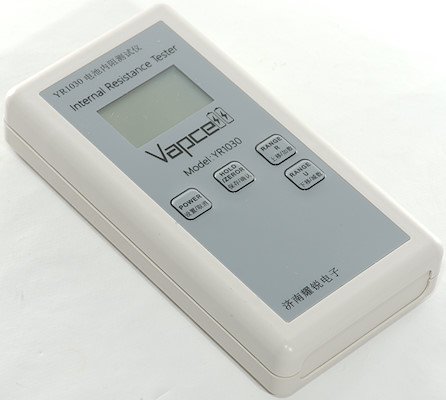
This is a meter designed to measure internal resistance in batteries.
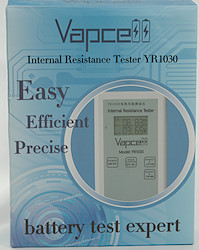

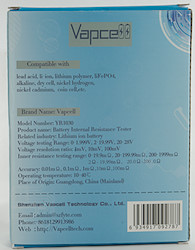

I got the meter in a cardboard box with specifications on the back.
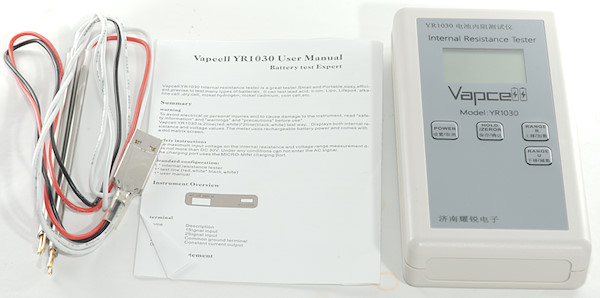
The box contained the meter, 4 terminal probes and a manual.
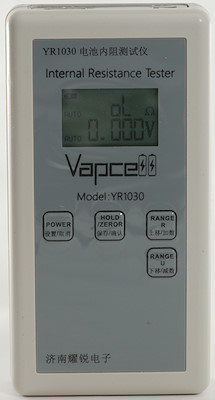
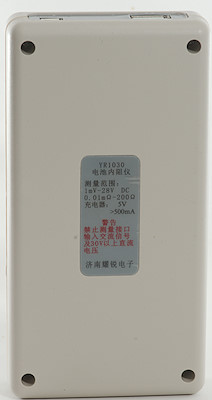
The meter is in a standard box, i.e. not a box manufactured for the meter.
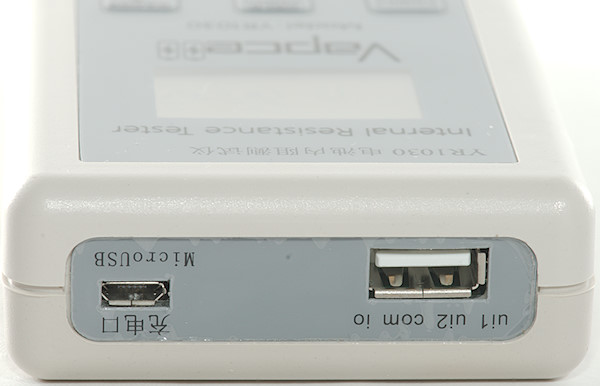
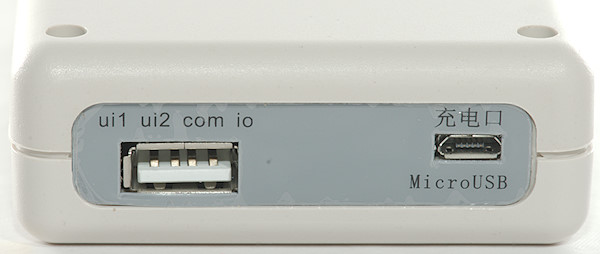
There are two connectors, a micro usb for charging the internal battery and a usb for probe connections.
Generally I do not like using usb connectors anything but usb connections, but in this case I do like it, because it makes it very easy if I want to make my own probes. The labels above the usb connector is signal names for the connections.

The probe looks home build, a usb connector with shrink wrap around.

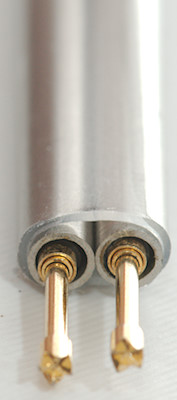
The other end is two pogo pins in aluminium tubes with shring wrap around.
This means I can easily make new probes if I damage the supplied ones.
The dual pogo pins means that it uses true 4 terminal measurement, there is no errors from contact or cable resistance.
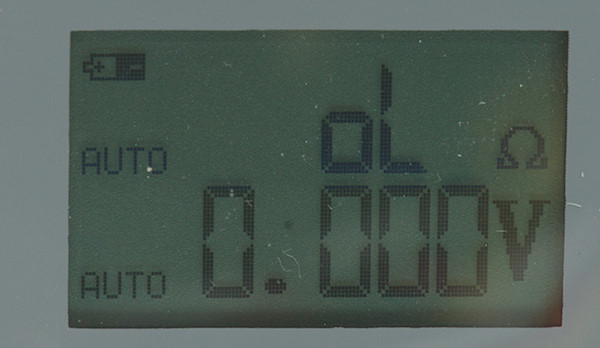
The display shows the battery status, resistance and voltage.
Both voltage and resistance can be in manual or auto range.
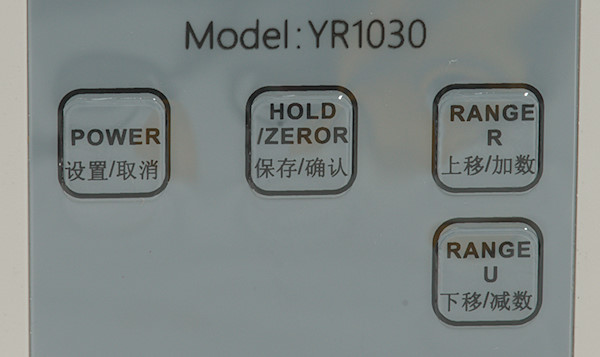
There is a couple of buttons:
Power is used to turn on/off the device.
Hold/Zero is used to freeze the ohm reading or zero the ohm reading
Range R is used for manual range select on ohms (20m, 200m, 2, 20, 200, auto).
Range U is used for manual range select for volts (2V, 20V, 28V, Auto).
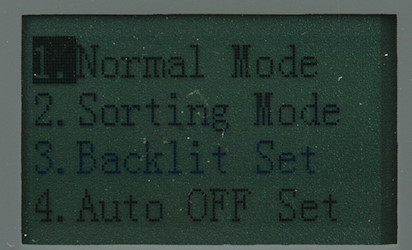
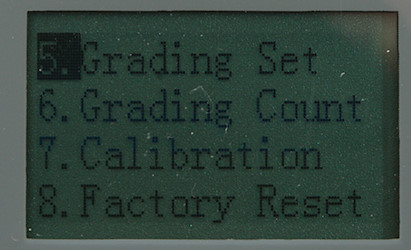
In addition to this Power can be used to activate the menu system. Here Power is the enter key, Hold is the escape key and the two range buttons are up/down.
In these menus a grading system can be setup, this will make it easy to sort batteries according to voltage and internal resistance in 3 bins. It is also possible to calibrate the meter and set some preferences.
Measurements
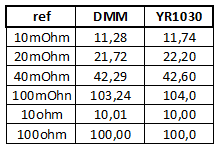
Due to the way the meter works it do not need a battery to measure resistance, but can be used as a general milliohm meter.
Here I am testing on some resistors and comparing to a very precise meter.
The precision is very good.
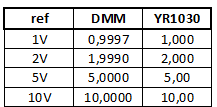
The same with voltage, again the precision is very good.

The meter is using a 1000Hz sinus for measuring the resistance
The meter uses 1uA when off and 60mA when on without background light.
Tear down
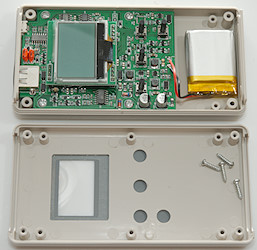
I had to remove four screws to open it.

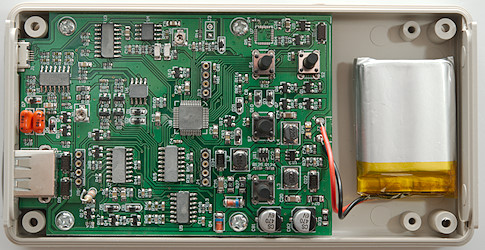
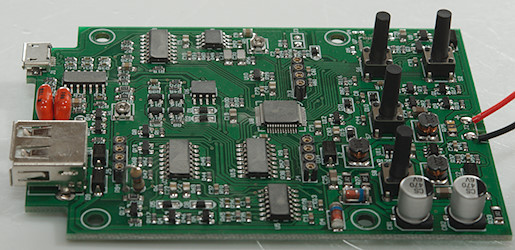

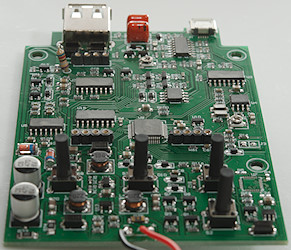
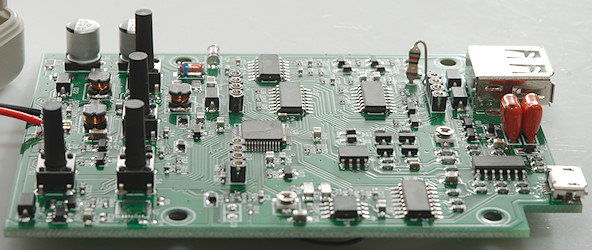

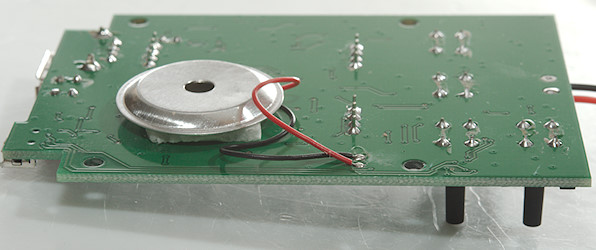
Conclusion
I like this meter, it is very useful for a lot of stuff, not only batteries. It can measure the resistance in a switch, a tail spring, a atomizer and a lot of other stuff.
When used to measure resistance it will give same value as an ordinary DMM except for much better resolution at low values. On batteries the value cannot be compared to the values chargers measures, but usual the datasheet value is measured this way.
Notes
I got the meter from Vapcell.
As reference I used my Keithley DMM7510, it can do 4 terminal ohm measurement.
Internal impedance/resistance of batteries



























